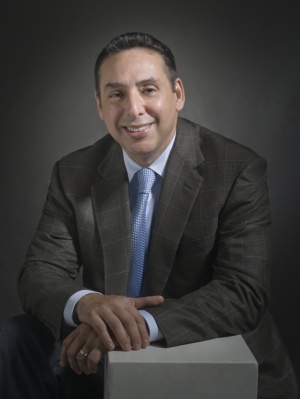From the June 2011 issue of HealthCare Business News magazine
This report originally appeared in the June 2011 issue of DOTmed Business News
By Matt Haddad
These days, it seems that everyone is being “credentialed.” Americans are painfully aware of the need to produce credible, current identification each and every time they board a flight. Banks and consumer credit companies use increasingly sophisticated techniques to ascertain identity and eliminate fraud. The health care industry relies upon the process of credentialing to identify providers and qualify them for practice.
Unfortunately, technology solutions have made little headway in truly improving the health care credentialing process, which is still largely manual in nature and reliant on the paper file. Provider credentialing as the principal source of provider information for the organization, as a whole, is a source of massive errors and inefficiency.
Aside from the human error involved with manual, paper-based processes, provider information changes constantly and without warning—from innocuous changes in demographics to more problematic changes in professional and legal status. Failure to detect even minor changes can result in higher administrative costs, patient safety issues and an increased likelihood of medical errors and corresponding medical malpractice claims. Hospitals may also bear further financial burdens through the retroactive denial of claims for services performed by providers who have lapsed licenses or other inadequate, flawed credentials.
Traditionally, hospital leadership has viewed credentialing as a “check the box” regulatory burden largely overlooked from an efficiency standpoint. As a result, credentialing processes are antiquated and time-consuming. However, with the advent of Web services and other software innovations, this area is poised for dramatic change.
With real-time information -- rather than updates which can arrive months or even years following changes to a provider’s credentials or profile -- hospitals can ensure patient safety, decrease liability and protect their institutions from financial harm. Continuous monitoring of provider credentials is not simply a good extra step, it is a serious, fiscal responsibility that must be a part of hospital operations.
Evolving credentialing standards
For almost 80 years, hospital credentialing standards hardly changed. Credentialing was a process of peer oversight, which relied more on a local network of providers who knew each other. As the United States grew in population and became more mobile, health care delivery systems needed to expand and become more complex. To this day, while personal knowledge of physician abilities and character are factors for smaller community hospitals, organizations largely rely upon an expanding list of third-party sources for certification, historical and general capability information.
